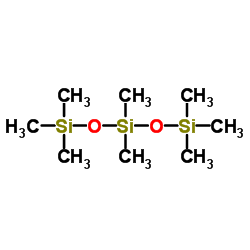| Structure | Name/CAS No. | Articles |
|---|---|---|
 |
Octamethyltrisiloxane
CAS:107-51-7 |
|
 |
4,4-Diethoxy-1-butanamine
CAS:6346-09-4 |